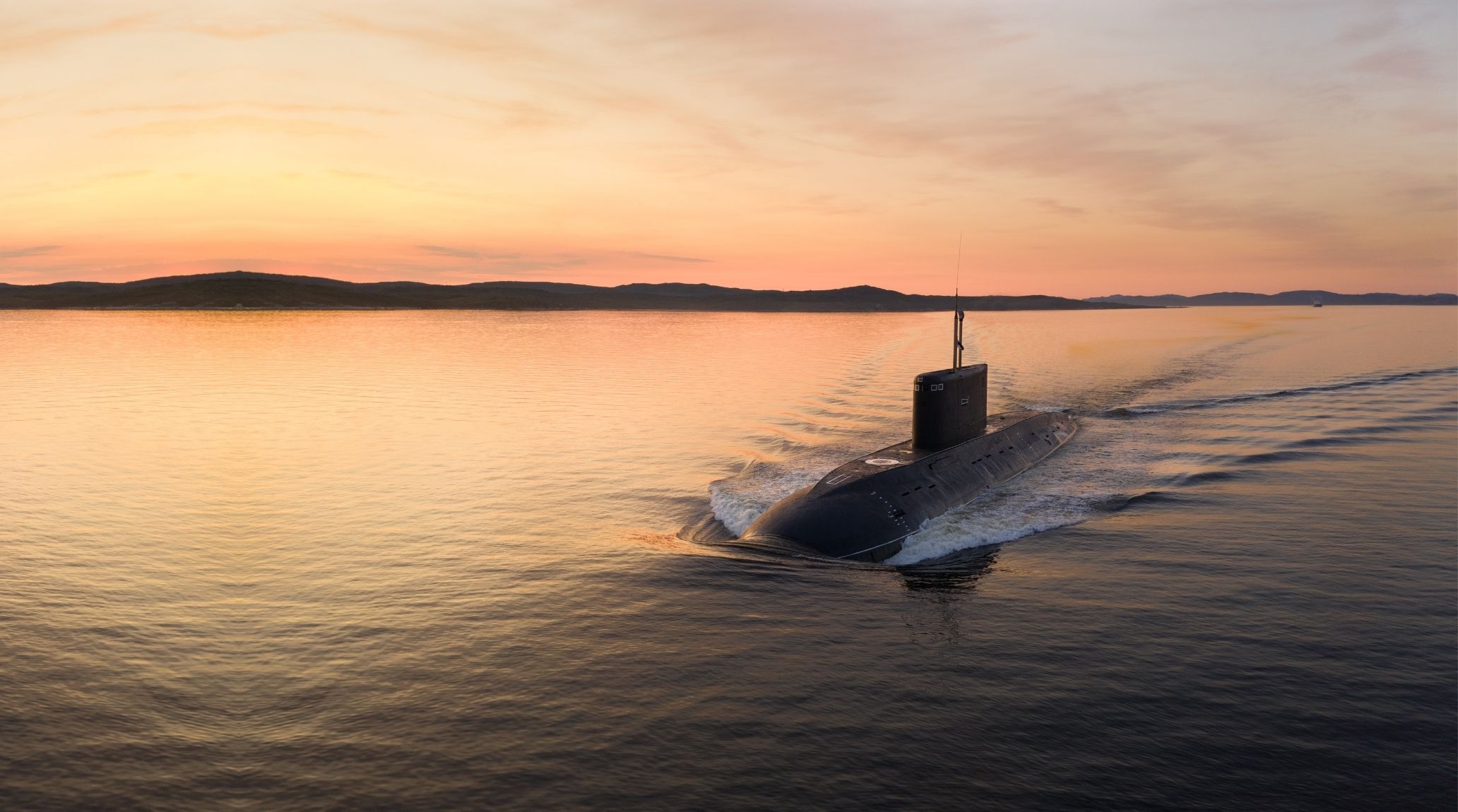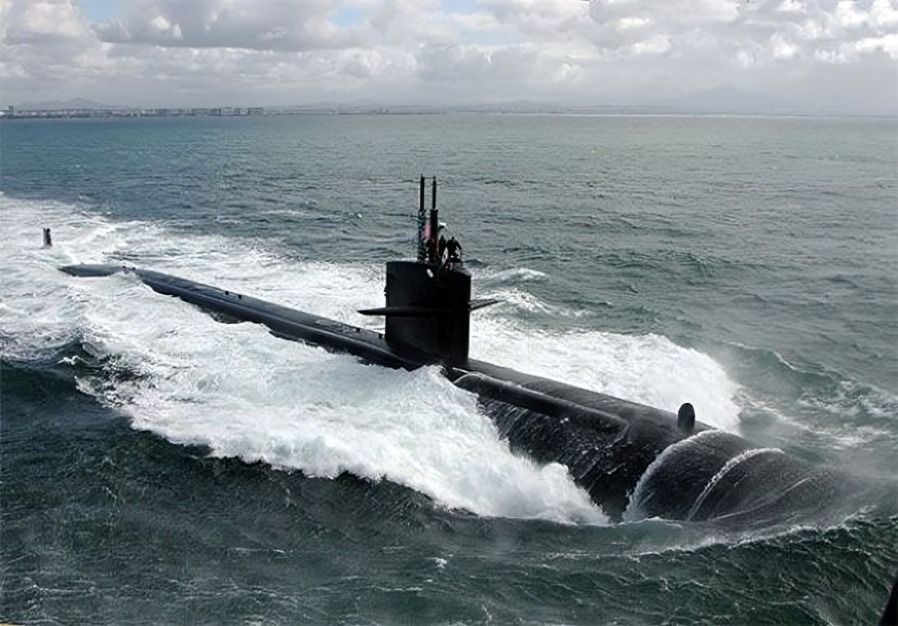
“
Cativating facts about submarine reveal a fascinating journey from ancient innovations to cutting-edge technology. From the 1620 launch of Cornelius Drebbel’s early submarine to the modern marvel of unmanned vessels like the LSV-2 Cutthroat, submarines have continually pushed the boundaries of underwater exploration and warfare. This blog explores notable milestones, technological advancements, and extraordinary feats that have shaped the world of submarines, highlighting their role in both historical and contemporary contexts.1
1
”
The word "submarine" derives from the Latin words ‘sub,’ meaning ‘under or below,’ and ‘marines,’ meaning ‘of the sea.’ This term aptly describes a vessel designed to operate beneath the ocean’s surface, navigating the depths of the sea.1
In 1620, Cornelis Drebbel created the first functioning submarine. It was a leather-covered rowboat capable of diving to depths of approximately 15 feet (4.5 meters), marking a significant milestone in the development of underwater vessels.2
Submarines use a technique called "silent running," where they shut down non-essential systems to minimize noise and avoid detection by sonar. This helps them operate stealthily and evade enemy detection during critical missions, ensuring their safety and effectiveness.3
At 33.83 meters long, the LSV-2 Cutthroat stands as the largest unmanned submarine ever built. Designed as a 25% scale model of the Virginia-class attack submarine, it tests cutting-edge stealth technologies at the Navy’s secretive lab in Idaho.4

The Deepsea Challenger, designed by filmmaker James Cameron, was the first single-pilot submersible to reach the Mariana Trench’s Challenger Deep in 2012, offering a rare glimpse into the deepest part of the ocean.
During the American Revolutionary War, David Bushnell’s Turtle made history as the first combat submarine. Its hand-powered, egg-shaped design marked a significant step in underwater warfare.5
Submarines rely on sonar, short for "sound navigation and ranging," to navigate and detect objects underwater. By sending out sound pulses and analyzing their echoes, submarines can safely maneuver through the depths.6
Launched in 1954, the USS Nautilus was the world’s first nuclear-powered submarine. With a length of 98.7 meters and a speed of over 20 knots, it showcased the future of underwater travel and remains a historic display at the Submarine Force Museum in Connecticut. 7
Submarines are engineered to remain submerged for extended periods, often lasting several months. Thanks to advanced technology, including nuclear power, they can generate their own oxygen and freshwater, allowing the crew to live underwater without surfacing for long durations.8
Submarines use advanced encryption for secure underwater communication. This ensures that critical messages can be transmitted to command authorities without being intercepted by enemies. 9
Legend has it that Alexander the Great used a glass barrel-like device to explore underwater around 332 BC. Though it was more of a diving bell, it symbolizes early human curiosity about underwater exploration. 10
Some submarines are specially designed to break through ice, enabling them to operate in polar regions. These ice-breaking submarines have reinforced hulls and advanced technology, allowing them to navigate and conduct missions in challenging and extreme environments.11
During the World Wars, submarines played a crucial role in naval warfare, using stealth and surprise to disrupt enemy supply lines and exert strategic pressure, changing the dynamics of maritime conflict.12
Submarine technology has influenced space missions; the design principles for submarines, such as pressure hulls and life support systems, have been adapted for spacecraft to handle extreme conditions. 13

Nuclear submarines are typically large vessels, often carrying a crew of over 100. These sophisticated machines are designed for extended underwater missions, with their size and crew capacity enabling prolonged operations without the need to surface.
In the 19th century, the British submarine Resurgam featured a unique space for a cow. This unusual experiment aimed to test the effects of prolonged underwater confinement on living creatures, providing insights into long-term submerged conditions.14
During WWII, the German Kriegsmarine used electric-powered submarines for stealth missions. Relying on battery power, these submarines reduced noise and avoided detection, enhancing their effectiveness in covert operations and providing a strategic advantage during the conflict.15
The HMS Astute, a nuclear-powered attack submarine, features the Type 2076 sonar with the world’s most powerful detection range. It can hear ships departing New York while submerged in the English Channel, a jaw-dropping 5,556 kilometers away. 16
The first oceanographic research submarine, Alvin, discovered the Titanic wreck in 1985, highlighting how submarines play a pivotal role in uncovering lost underwater treasures and historical sites.17
In the 1960s, the US Navy's Sealab program featured submarines with large fish tanks. This setup allowed researchers to observe and study marine life in their natural habitats while remaining submerged, advancing our understanding of underwater ecosystems and marine biology. 18


